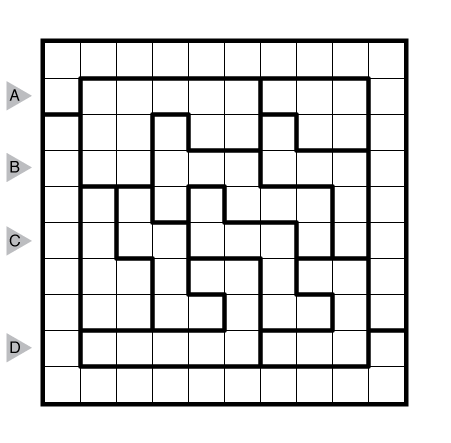Dr. Sudoku Prescribes #113 – LITS

or solve online (using our beta test of Penpa-Edit tools)
Theme: Frame
Answer String: Enter the length in cells of each of the shaded segments from left to right for the marked rows, starting at the top. Separate each row’s entry from the next with a comma.
Time Standards (highlight to view): Grandmaster = 3:30, Master = 6:00, Expert = 12:00
Solution: PDF

I liked this one. There’s a nice subtheme besides the frame of “lots of L’s” that makes connecting everything up pretty interesting.
By the way, I’ll note in the comments here for anyone who glanced at the diagram and didn’t notice: there were two puzzles yesterday. I wouldn’t have noticed at all except I read the comments to the second puzzle and they were no longer talking about the 10-square region…
5:32, would have been 4:20 had I not put an extra I in the topmost region. Very challenging.
06:11.
This puzzle clearly demonstrates my inability to solve LITS without previously given regions. Is the heavy bifurcation that I took in the middle of my solving path (interactions between 7 regions) really necessary for a Wednesday puzzle? 🙁
Bifurcation really shouldn’t be needed here, but the starting steps are less common. This puzzle uses the “touching tetrominoes cannot be the same shape” idea a lot. You may notice that some region shapes were chosen so that many or all positions have to be an L. If you keep this in mind you should be able to slowly eliminate cells in adjacent regions to get through it logically.
Whee, apparently I’m a LITS grandmaster. More likely I made some lucky false conclusions. Nice puzzle!
Yay, beat the master time !
Really liked this one, especially the forced Ls thing.
07:07
1:20. I almost immediately saw the L-trick(s). It seems like solving a lot of one puzzle type (as LITS in m example) does indeed help to get faster 😀